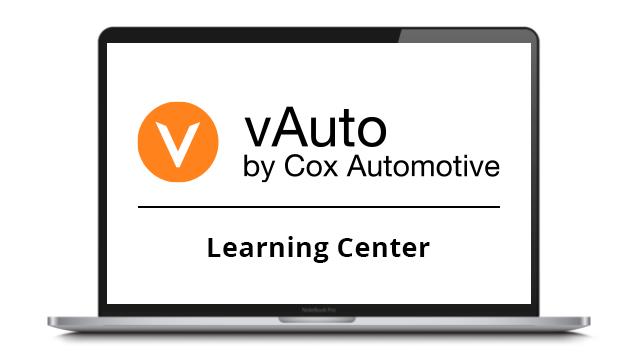
As we reported in our most recent Live Market View, the biggest trend of Q2 is clear: new car inventory has rebounded. Even though today’s inventory levels are just half of what they were before the pandemic, they’re up 70% compared to last year. This rise in inventory, along with the growth in fleet demand, has contributed to an increase in new car sales. If your dealership hasn’t experienced these increases yet, it probably will soon. Read on to learn how to make the most of the trend.
- Address New Car Affordability Challenges
The increase in supply has made new cars more affordable — at least relatively so. Kelley Blue Book reported that the overall average transaction price for a new vehicle fell to $410 below MSRP or the sticker price in May. That compares to the overall average transaction price being $637 higher than MSRP a year ago. Meanwhile, the average prices for a non-luxury new vehicle and luxury new vehicle increased slightly in May ($44,960 and $64,396, respectively), after declining the prior months.
Growing Incentives
OEM incentives have also helped improve new car affordability for buyers. In May, incentives grew to 3.9% of the average transaction price — the highest point of the year, but still much lower than historical levels.
“Affordable” Vehicles Are Still Out of Reach
So, with increases in average prices and incentives on the rise, where does new car affordability stand? We all know that interest rates have increased again — for the tenth time in a row. And even though new car affordability improved slightly in April, the average car payment is still $766 per month. Again, that’s the lowest average monthly payment we’ve seen for a new car since October 2022, but it’s a number that’s beyond possible for many. It’s still true that only consumers with high incomes and high credit scores can actually buy new vehicles right now.
Improving Affordability at Your Dealership
You can’t control new car supply, OEM incentives or interest rates, but you can take steps to make sure your dealership gets its share of new car sales. Here’s how:
- Focus on cars that are more affordable.
This might go without saying, but if your lot is stocked with new luxury vehicles, you probably won’t see an increase in sales right now. Dealers have seen more success after shifting their focus to vehicles priced at $25,000 or less.
- Get back in the pricing game.
The days of pricing over MSRP have ended. It’s time to be more thoughtful about your strategy and how your new car prices compare to those of your competitors.
- Optimize Your New and Used Vehicle Inventory Mix
As more new cars appear on your lot, it’s important to keep your used car inventory in mind, too. Offering the right mix of vehicles and understanding how they work together can make all the difference to your dealership’s overall profitability.
Striking the Right Balance at Your Dealership
If you haven’t had a lot of new car inventory since before the pandemic, it can be hard to remember how to balance it with your used inventory. Here’s what to keep in mind:
- Tailor your inventory strategy for your market.
Stock the vehicles that are right for your dealership. That might mean you need to focus on new vehicles in the $20,000 to $25,000 segment or even in the $15,000 to $20,000 segment. And it might mean you should acquire used vehicles that are one to three years old, since they will be more affordable than new vehicles. Consider reaching out to customers who own vehicles of recent model years who might want to trade them in if they get a rebate on a new vehicle.
- Watch the data with discipline.
The return of new vehicle inventory creates volatility in the market that you can only navigate if you’re paying close attention to key metrics. Use inventory management software such as vAuto’s new car solution, Conquest™, and vAuto’s used car solution, ProfitTime® GPS, to access industry-leading information to guide all your decisions around new and used vehicles.
- Carefully Manage Your Floor Plan Expenses
With floor plan expenses higher right now than they have been in the past, you need to be careful about keeping your them in check.
Remember to:
- Monitor the age of your new car inventory.
It’s important to ensure your new car sales focus on moving the higher-age units to minimize floorplan expense. As new vehicle inventory comes back, it’ll be important for dealers to re-exercise this skill. - Know when to adjust prices.
It’s important to have a clear view of competitors’ pricing to know how your asking prices compare to other new vehicles available in the market and the specific vehicles where your dealership days supply gives you an advantage.
Although the return of new car inventory is exciting, consumers are still facing some extremely challenging purchasing barriers. To see an increase in new car sales at your dealership, take the steps that you can to improve affordability, optimize your new and used inventory mix, and carefully manage your floor plan expenses.
To learn more about how Conquest can help you increase new car sales, request a demo today.
















